5 Sources of Alternative Energy
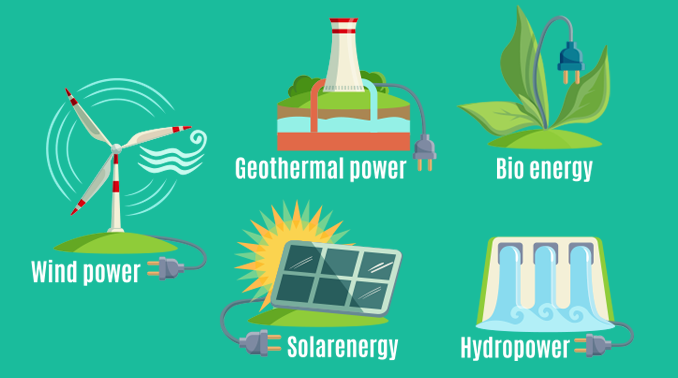
5 Sources of Alternative Energy
Most people know that our natural resources are limited and it’s important to use them in a sustainable manner.
The rise of alternative energy sources has created a new way of living, one that is sustainable and eco-friendly.
These sources are not only more sustainable than fossil fuels, but they also produce less pollution. There are many sources of alternative energy such as wind, solar, and hydroelectric with the use of renewable resources.
Here is an overview of 5 sources of alternative energy.
1. Wind Power
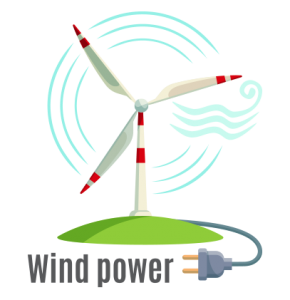
The wind is often seen as a natural phenomenon, but it can be used in many ways. The development of wind power has been used to generate electricity for years now.
In today’s world, energy consumption is at an all-time high and the demand for renewable energy is also increasing.
Wind is one of the most popular forms of renewable energy due to its plentiful supply which doesn’t have a limited time.
2. Geothermal Power
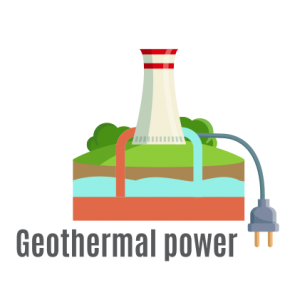
Geothermal is a proven, clean, and economical way to generate electricity. This type of power uses the Earth’s internal heat to generate electricity.
Geothermal power is a sustainable, clean, and environmentally friendly form of energy. It is not reliant on the use of fossil fuels that can release CO2 into the atmosphere.
Instead, geothermal power relies on the hot water and steam that naturally exists underground in different layers of soil and rock to create electricity.
3. Bioenergy Power
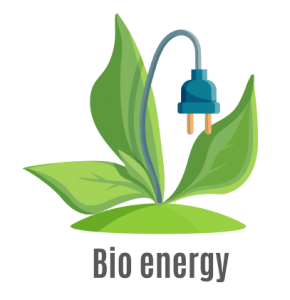
Bioenergy is the energy produced by living organisms. It is any biological process that generates heat, light, or mechanical work from stored chemical or potential energy.
Bioenergy has been around for years in the form of biofuels like ethanol and biodiesel.
However, recent research suggests that bioenergy could be a very large part of a sustainable renewable future.
4. Solar Power
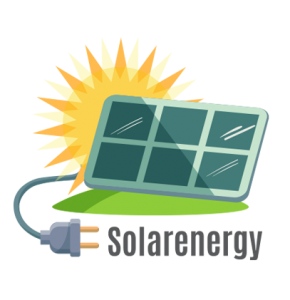
Solar energy is the most abundant source of renewable energy in the world. It also produces no pollution and is completely sustainable.
There are so many reasons why people would choose to install solar panels in their homes. Solar radiation is unlimited.
They can help lower your energy costs, reduce carbon emissions, and contribute to the fight against climate change, but more importantly, they’re a great investment.
5. Hydro Power
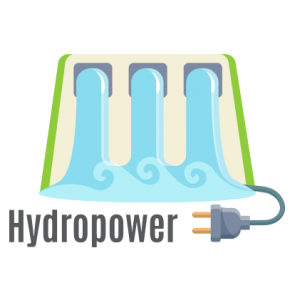
If you’re worried about the environment, hydropower is a great option. This method of renewable energy produces no air pollution and will help you reduce your carbon footprint.
Hydropower is the production of energy from water that flows over a dam, or through a turbine.
It is an alternative to fossil fuels as it does not release harmful gases into the atmosphere, and also generates power in locations where these resources are scarce.
Sources of Alternative Energy
The world is rapidly transitioning towards a clean energy future. As fossil fuels are being depleted, alternative sources of energy are being used to fuel our cars and homes.
Renewable energy sources like solar, wind, and hydropower are playing a role in reducing greenhouse gas emissions and combating climate change, marking a significant shift in our energy landscape.
The earth’s resources are finite and it’s our responsibility to use them wisely. Do you have any questions about green power? Please let us know with a comment below.


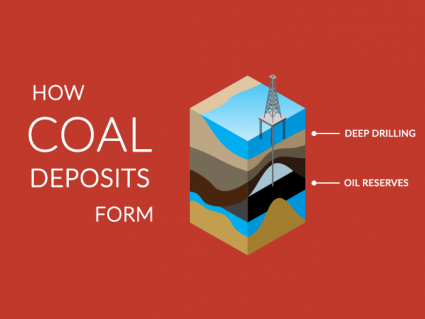







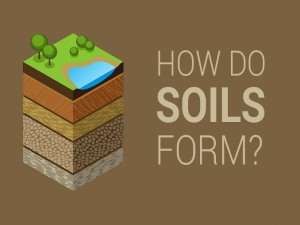
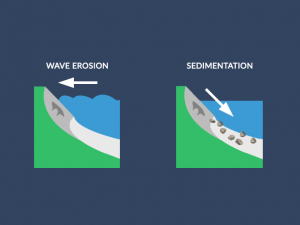
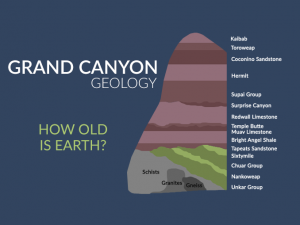

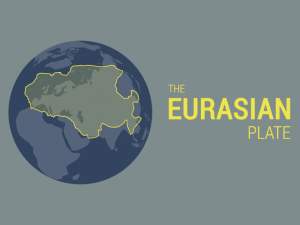
It’s typically not considered as a renewable energy source
What about nuclear?